BYD Seal Excellence - a genuine Tesla chaser
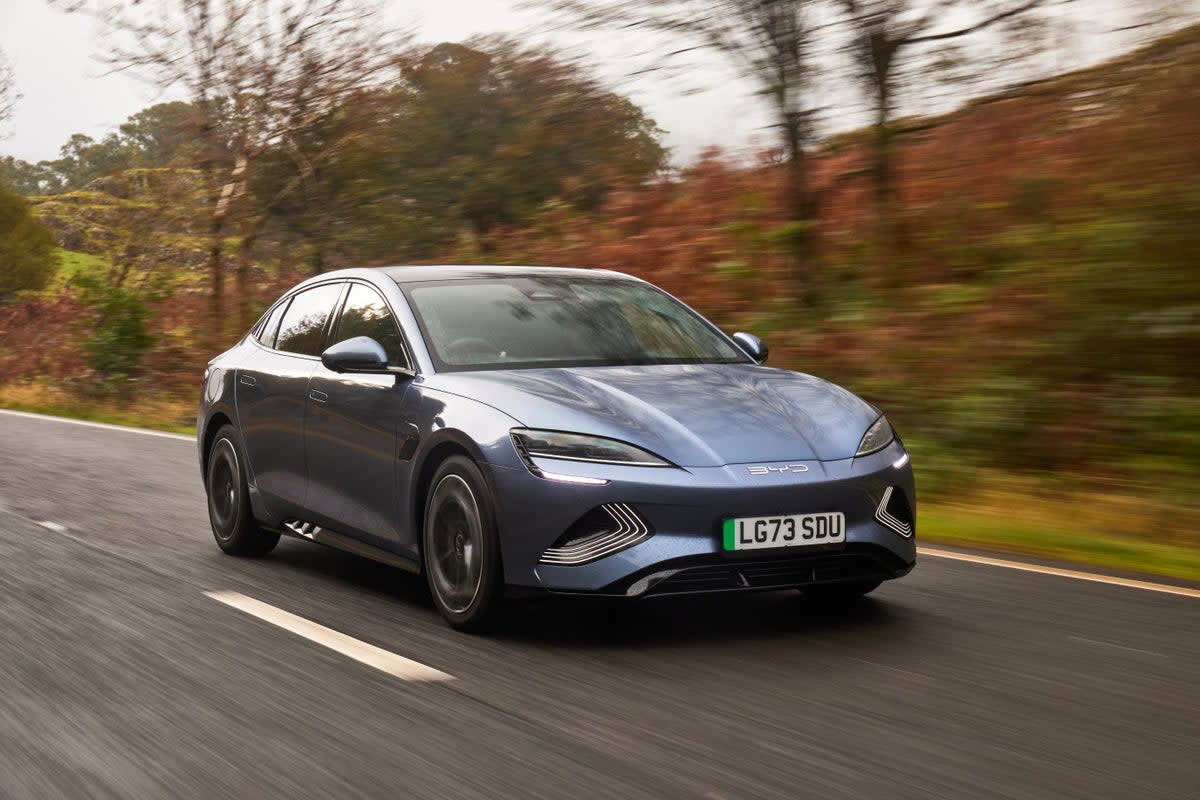
When Tesla launched the BMW 3 Series-sized Model 3 it had the compact electric exec saloon market to itself, but no longer. Rivals like the Polestar 2 have become credible alternatives, and now it has serious competition in the form of the BYD Seal, a car with an unintentionally comic name (BYD stands for ‘Build Your Dreams’) but serious intent.
Blade runner
BYD is an enormous Chinese industrial combine that makes electric vehicle batteries for Tesla amongst others. The one fitted to the Seal sits under the passenger cabin floor and is marketed as a ‘blade’ battery, thanks to its cells being grouped in blade-like clusters, which are sandwiched together, creating something which BYD claims is stronger, lighter and more compact than existing Lithium-Ion batteries. The Seal’s battery is actually part of the car’s sub structure. Nor does its chemical composition include cobalt, which is often extracted in open cast mines in places like the Congo.
Familiar silhouette
The Seal is a fastback four door saloon, whose profile is not dissimilar to the Model 3’s, but its shape, which is generally more rounded, is pleasing and uncluttered.
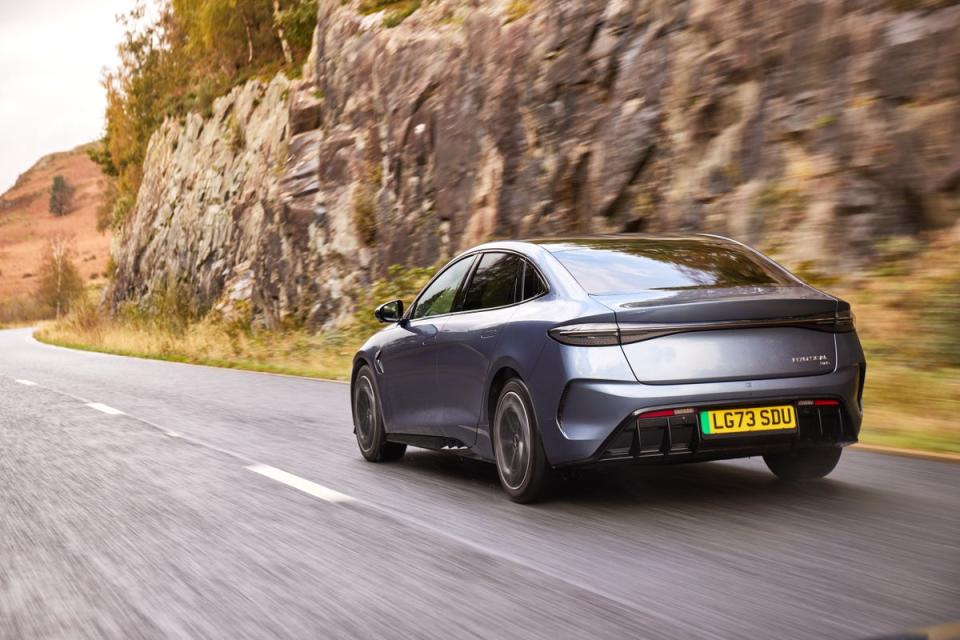
The Seal is also a bit bigger than the Tesla, and would slot between it and the Model S size-wise.
Inside story
The Seal is low slung, and older passengers might find its seats a long way down, but once installed there’s plenty of space. Rear seat occupants have plenty of stretching space, and the interior has a flat floor. The car features a large glass sunroof, without pinching too much headroom which is fine for most occupants. Only the very tall would need to wind their necks in.
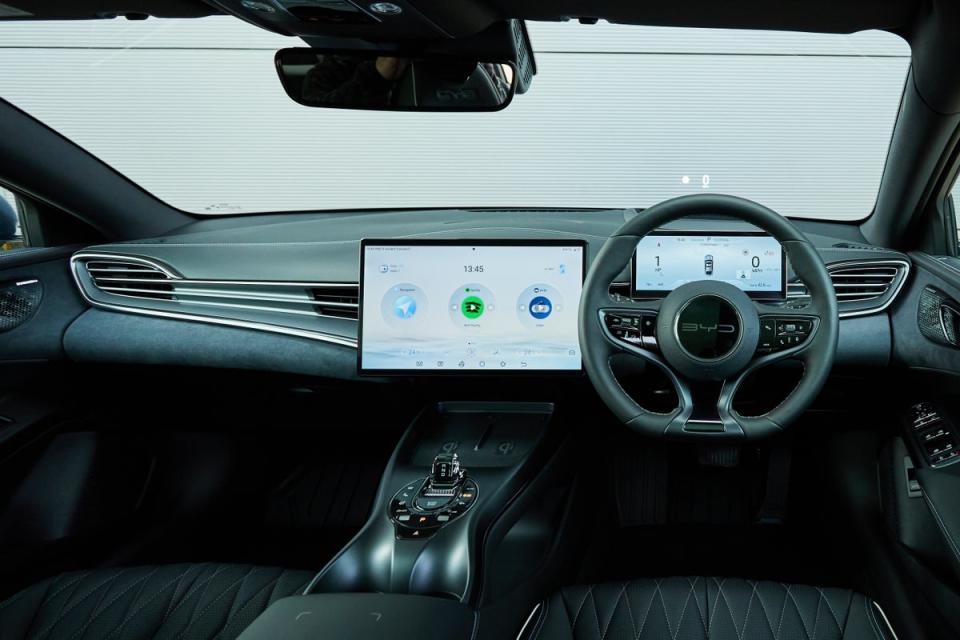
The 400-litre boot is decently spacious, although the boot lid aperture is quite narrow. There’s also a 53-litre mini boot at the front. The swish cabin is well made, nicely appointed and a bit of a contrast to the Tesla’s deliberately minimalist interiors. Oddments storage space is generally good and there is some thoughtful detailing with things like a wireless twin phone charging pad at the top of the centre console.
Screen time
The driver is confronted by a smart phone-sized rectangular readout and an optional head-up display behind the steering wheel. These provide information on what the car is doing (power consumption, speed, etc). There’s the inevitable large, centrally mounted touch screen, which has a party trick of swivelling either horizontally or vertically, depending on where you like your graphics. A friend in his mid-thirties who would like to switch to an electric car, was generally impressed by the speed and functionality of the screen’s swipe and prod graphics, excluding the heat/vent controls, which he described as ‘a faff’ to use. The fact that both Apple CarPlay and Android Auto apps were standard was seen as a positive.
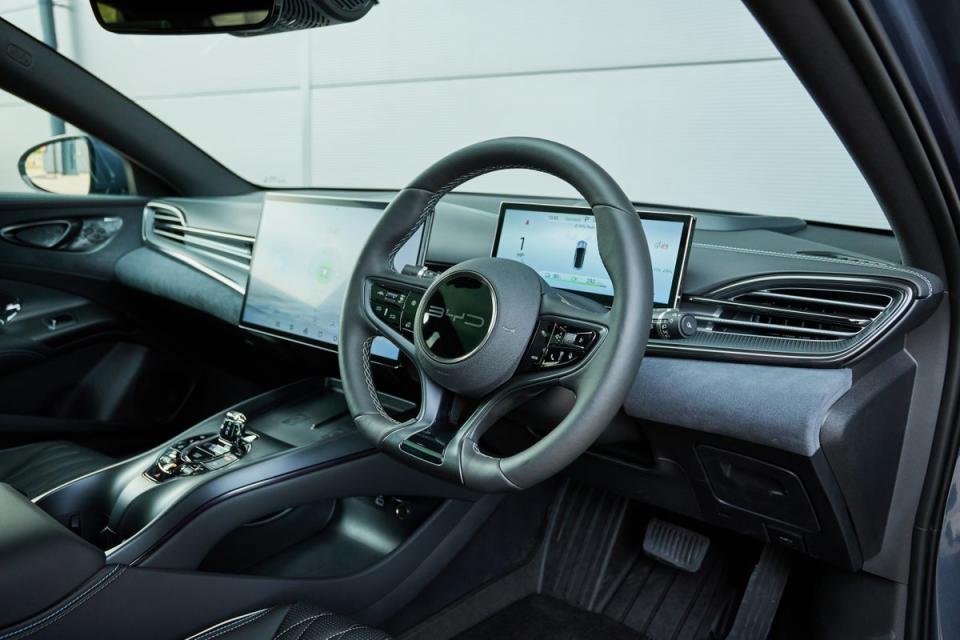
Unlike the Tesla Model 3, which is now made to go backwards and forwards by swiping the touch screen, the Seal sticks to a conventional centre-console mounted control, and is all the better for it.
The Tesla no longer has column stalks to control the wipers and indicators, instead using often-criticised steering wheel buttons for the turn signals. Again, the BYD sticks to convention, but the stalks are reversed, and it takes a while not to indicate with the wipers.
Engaging
The Seal has excellent handling, aided by steering with ‘goes-where-you-point-it’ accuracy that makes this low, broad car easy to place on the road. Those who enjoy driving will find the Seal to be genuinely entertaining in a way that some of its rivals aren’t.
It rides firmly but not uncomfortably, in the way many large cars with low profile tyres do. It’s smooth on motorways, and although its handling composure isn’t upset by poorly surfaced A and B roads, the suspension does telegraph bumps and potholes.
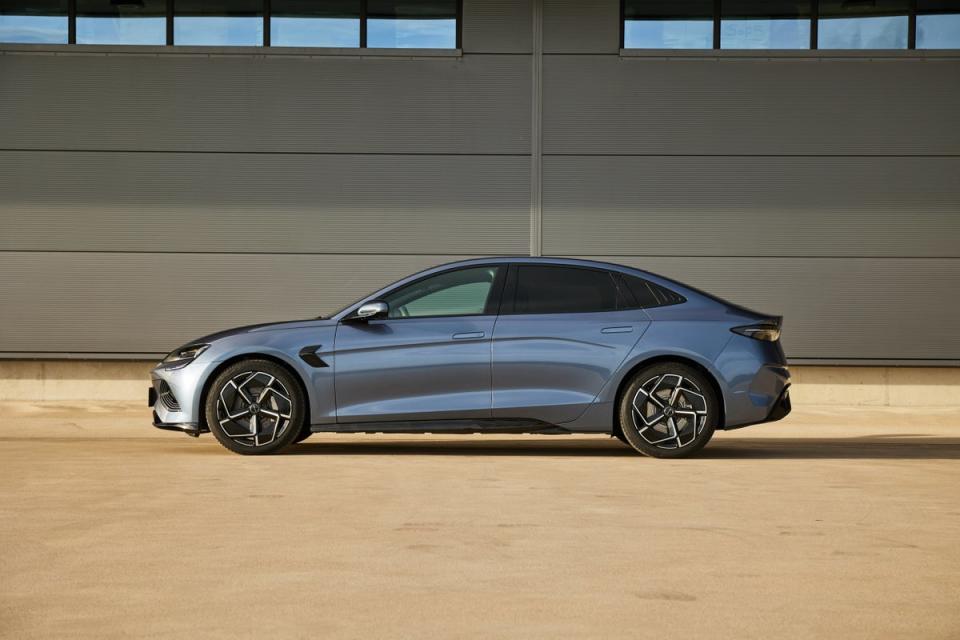
Many electric cars can be driven with almost no recourse to the brake pedal, because their motors do most of the slowing down. Sometimes deceleration can be quite severe, but this wasn’t the case in the twin motor Seal Excellence we drove, but that made true one-pedal driving, which can be very relaxing, something it was less good at than some of its rivals.
Vision thing
The options list for this car is virtually non-existent, and it’s positively weighed down with toys and safety aids, including a 360-degree camera, which proved essential in some tight parking situations, where the low driving position and thick window pillars meant seeing all the BYD’s extremities unaided was virtually impossible, but this is true of many cars these days.
Serious stuff
The BYD Seal is well equipped, dynamically poised, handsome and generally good in a way that is probably giving European car industry executives, and possibly Elon Musk, hives, and with good reason. Last year BYD sold 1.86m vehicles.
The Facts
BYD Seal Excellence
0-62mph: 3.8sec
Top speed: 112 mph
Range: 323 miles
Fast charging: 30-80 per cent in 26 minutes
CO2 emissions: 0g/km
Price: £48,695

 Yahoo News
Yahoo News 